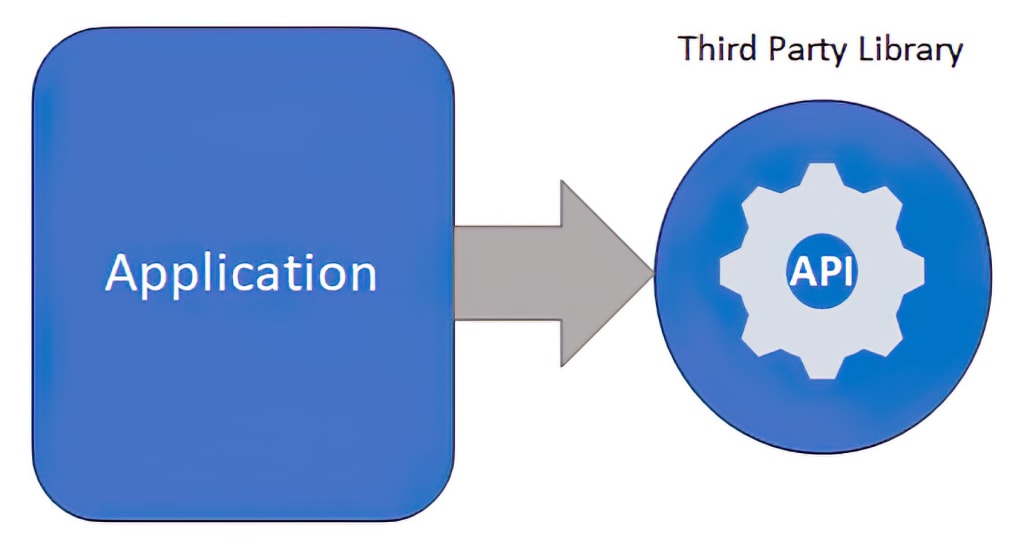Mastering Third-Party Library Integration in Swift
Streamline Your Development Process and Build Exceptional iOS Apps

In the dynamic world of iOS app development, integrating third-party libraries into Swift projects is a common practice to enhance functionality, streamline development, and leverage pre-existing solutions. However, navigating the process of integrating and managing these libraries efficiently requires a solid understanding of the tools and best practices available.
Understanding Third-Party Library Integration
Before diving into the integration process, it's essential to understand the significance of third-party libraries and their role in Swift development. Third-party libraries offer ready-made solutions for common functionalities like networking, image handling, user interface elements, and more. By integrating these libraries, developers can save time and effort, accelerate development cycles, and focus on building core app features.
Choosing the Right Dependency Manager
The first step in integrating third-party libraries is selecting a suitable dependency manager. Popular options for Swift include CocoaPods, Carthage, and Swift Package Manager (SPM). Each manager has its strengths and limitations, so it's crucial to evaluate your project's requirements and preferences before making a choice.
Installing and Configuring Dependency Managers
Once you've chosen a dependency manager, the next step is to install and configure it on your development machine. This typically involves following the installation instructions provided by the manager and ensuring that it is set up correctly to work with your project.
Adding Libraries to Your Project
With the dependency manager set up, you can now add third-party libraries to your project. Let's take a technical example of integrating the Alamofire library, which is a popular choice for networking tasks in Swift projects:
// Example using CocoaPods for Alamofire integration
// 1. Create a Podfile in your project's root directory
// Add the following line to your Podfile:
// pod 'Alamofire', '~> 5.5.0'
// 2. Run `pod install` in the terminal to download and integrate the library
// This will create a .xcworkspace file for your project
// 3. Import Alamofire in your Swift files where you want to use it
import Alamofire
// 4. Use Alamofire to make network requests
AF.request("https://api.example.com/data").responseJSON { response in
// Handle response here
}
Importing and Using Libraries
Once the library is integrated into your project, you can import it into the relevant Swift files where you want to use its functionality. Refer to the library's documentation to understand how to properly utilize its features and leverage its capabilities in your codebase.
Updating Third-Party Libraries
Keeping third-party libraries up to date is crucial to benefit from bug fixes, new features, and performance improvements. To update libraries in Swift projects:
- Identify the library you want to update and check for any updates or new versions available.
- Open your project in Xcode and navigate to the appropriate file (e.g., "Podfile" for CocoaPods, "Package.swift" for SPM).
- Update the library version or version requirement to the latest available version.
- Run the appropriate command (e.g., "pod update" for CocoaPods, "swift package update" for SPM) to update the library.
- Build and run your project to ensure that everything works correctly with the updated libraries.
Best Practices for Managing Third-Party Libraries
Effectively managing third-party libraries in Swift projects requires adherence to best practices:
- Use dependency managers to simplify installation, versioning, and updates.
- Choose stable, well-maintained libraries with active community support.
- Understand the library's capabilities and relevance to your project.
- Consider library size and impact on project size and performance.
- Regularly update libraries to leverage improvements and security patches.
- Isolate library dependencies to minimize version conflicts and facilitate updates.
- Perform integration testing to ensure functionality and compatibility.
- Use semantic versioning to understand the impact of library updates.
- Review community feedback and support to gauge reliability and responsiveness.
- Consider licensing and legal obligations when integrating libraries into your project.
Ensuring Security of Third-Party Libraries
Security is paramount when integrating third-party libraries into Swift projects. To ensure security:
- Regularly update libraries to apply security patches and fixes.
- Research the reputation and reliability of libraries before integration.
- Analyze library source code for potential vulnerabilities.
- Monitor library vulnerabilities and security advisories.
- Conduct security assessments and testing on integrated libraries.
- Engage with the library community for insights and support.
- Use strong authentication and authorization mechanisms within your application.
Role of Xcode in Third-Party Library Integration
Xcode plays a crucial role in the integration and management of third-party libraries in Swift projects:
- Facilitates project setup, dependency management, and build configurations.
- Supports popular package managers like CocoaPods and Swift Package Manager.
- Provides a code editor with features like autocompletion and syntax highlighting.
- Offers debugging and testing capabilities for integrated libraries.
- Integrates documentation and resources for easy reference and access.
Conclusion
Integrating third-party libraries into Swift projects is a fundamental aspect of iOS app development, offering developers access to a vast ecosystem of pre-built solutions and functionalities. By following best practices, staying informed about updates and security concerns, and leveraging the capabilities of tools like Xcode and dependency managers, developers can effectively manage third-party libraries and build robust, feature-rich iOS applications. For businesses looking to hire iPhone app developers, ensuring familiarity with third-party library integration processes is crucial for selecting candidates with the right skills and expertise.
About the Creator
Enjoyed the story? Support the Creator.
Subscribe for free to receive all their stories in your feed. You could also pledge your support or give them a one-off tip, letting them know you appreciate their work.





Comments
There are no comments for this story
Be the first to respond and start the conversation.